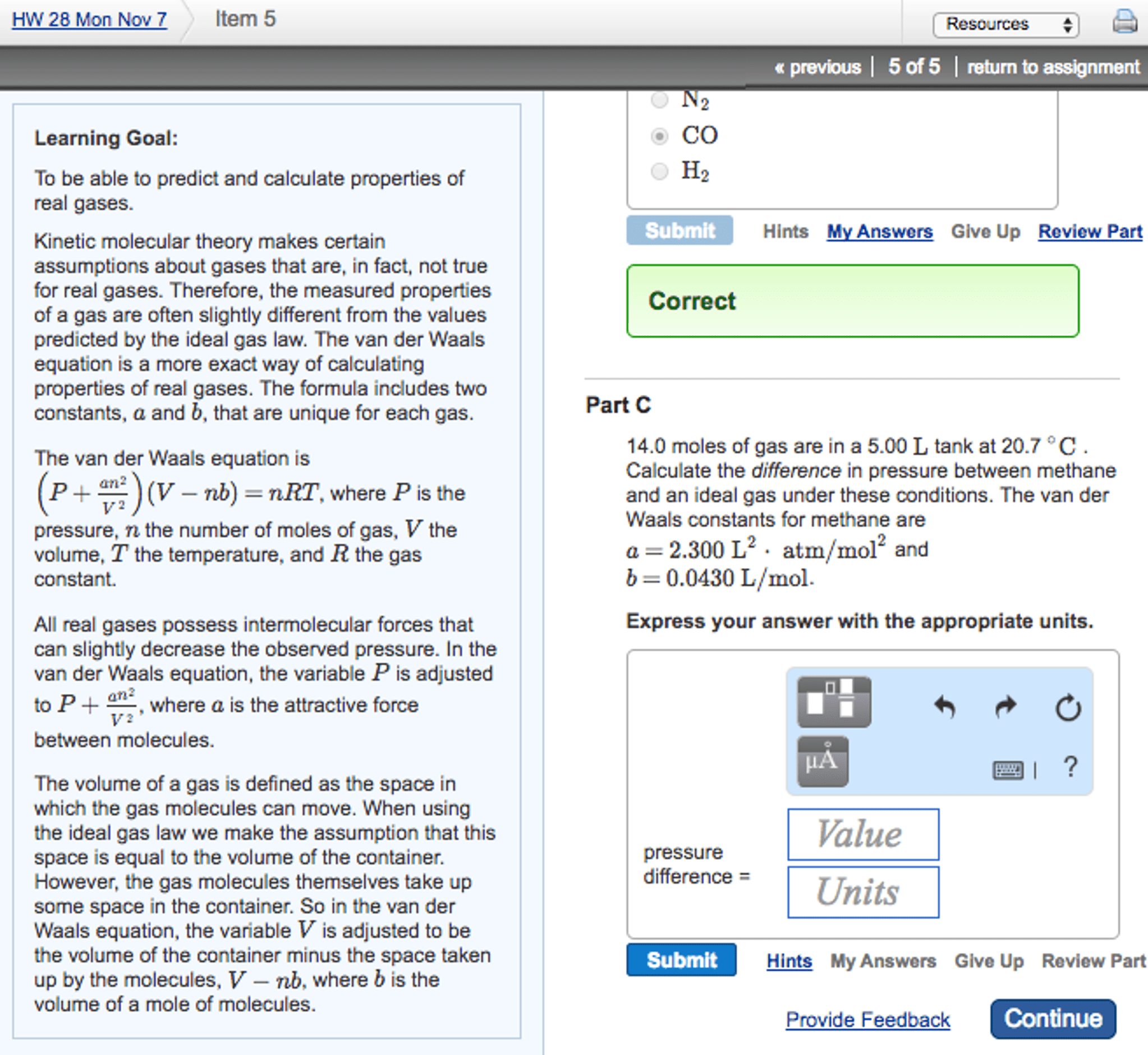CHM 1311 Study Guide - Final Guide: Ideal Gas Law, Rydberg Formula, Rydberg Constant
Document Summary
When q = k, system is at equilibrium. Kp = kc (rt) n(gas: acids and bases. G. 1. b. ph = pka + log([b]/[bh]: the atom. H. 1. a. 3. h = planck"s constant = 6. 62607004 10-34. H. 4. a. 2. h = planck"s constant = 6. 62607004 10-34. Balance the atoms that are not o and h. Add equations and cancel common on both sides. Add oh- to both sides to equal h+ and cancel excess water. The partial pressure of a gas is proportional to its mole fraction. The entropy of the universe always increases without the input of work. Entropy at absolute zero would be zero, making it impossible to reach that temperature. The enthalpy of a reaction can be calculated by the sum of the enthalpy of the individual steps. An electron will always go to the lowest possible orbital. When there are several positions of equal energy, the electrons will spread out over these positions.


